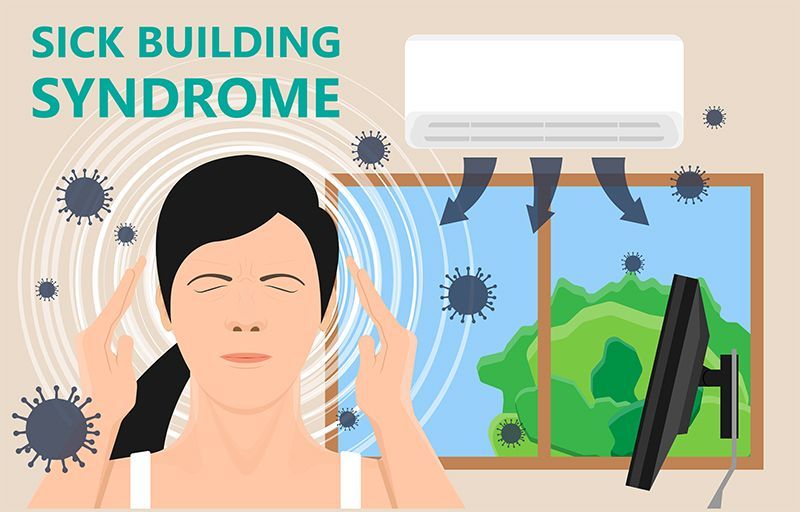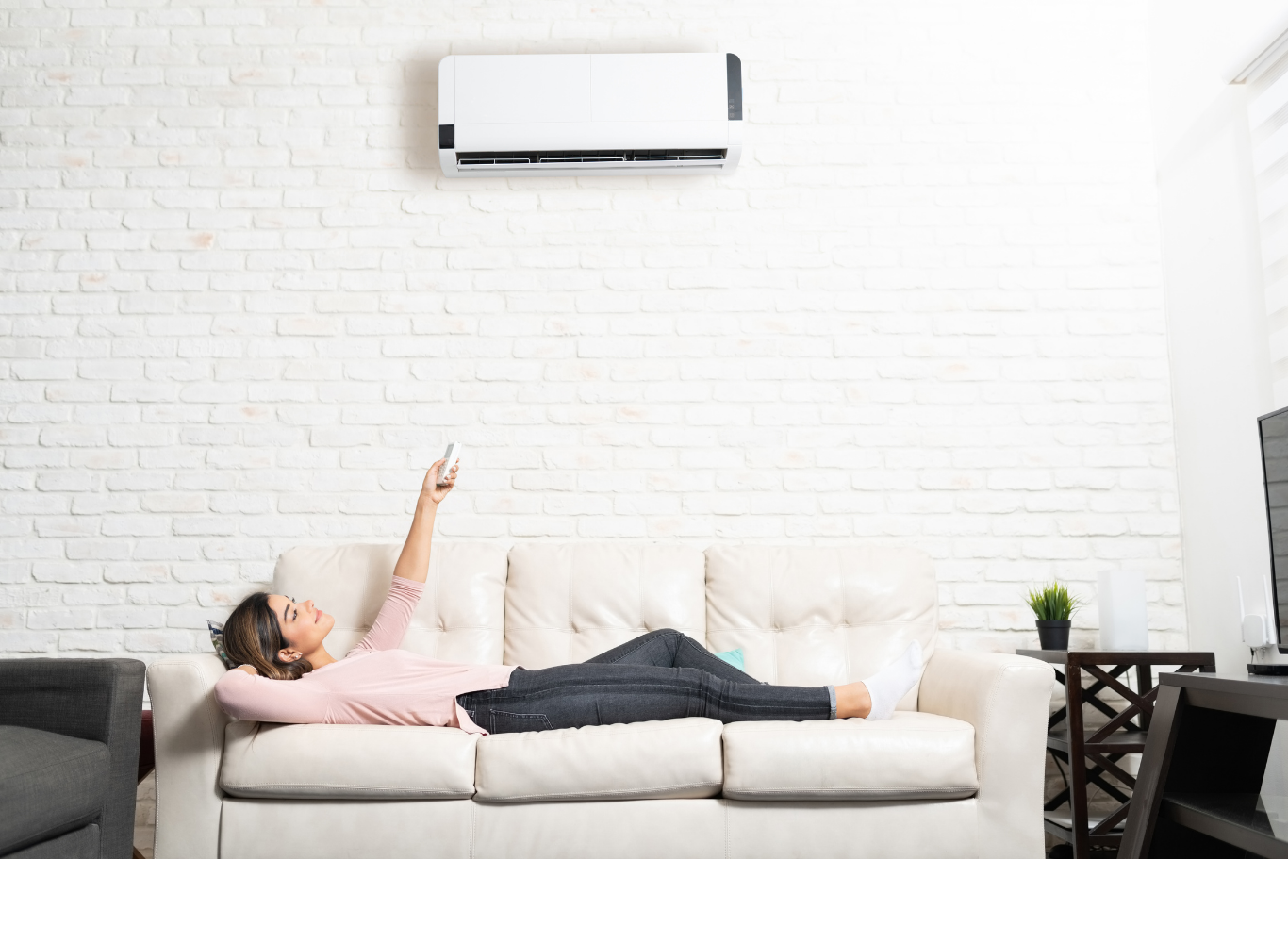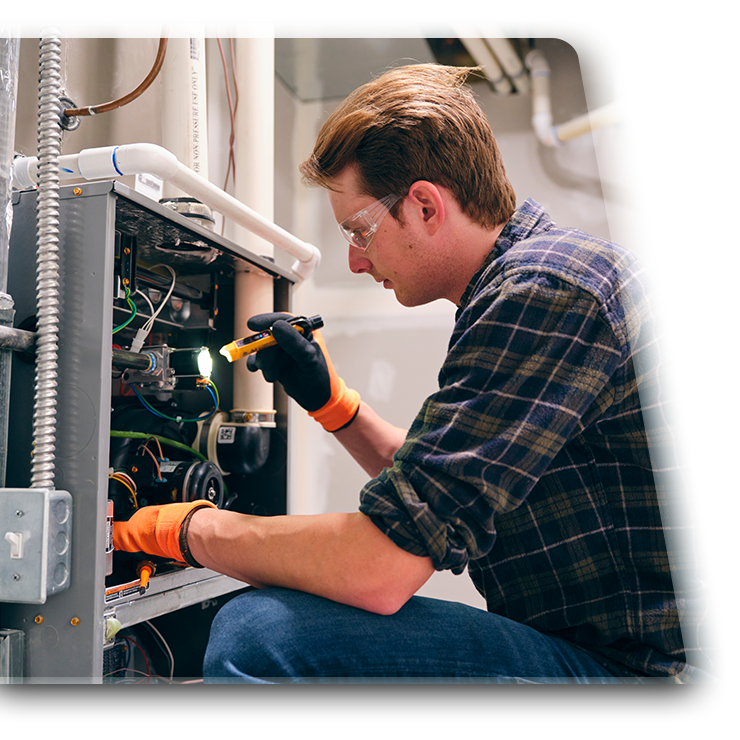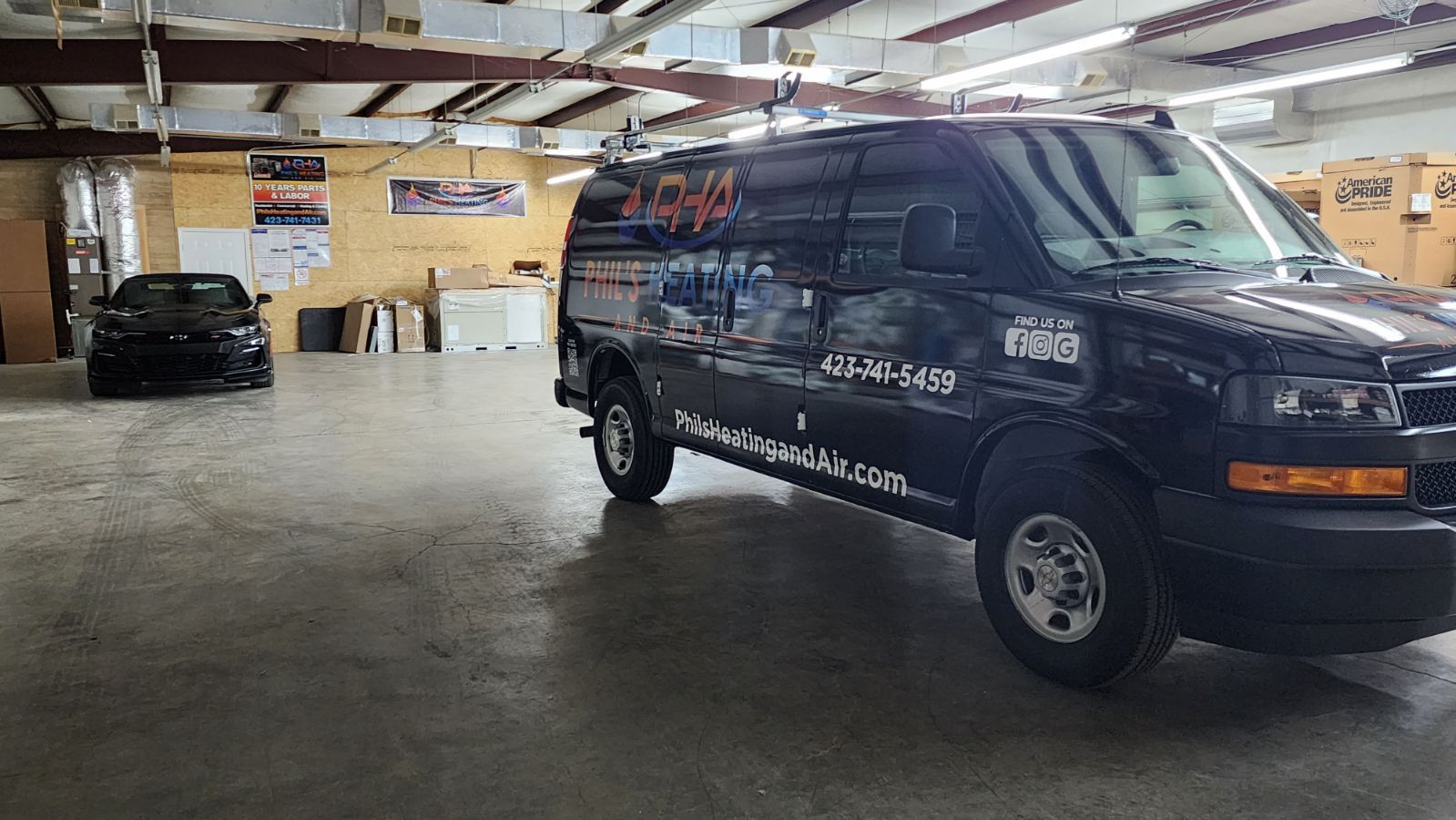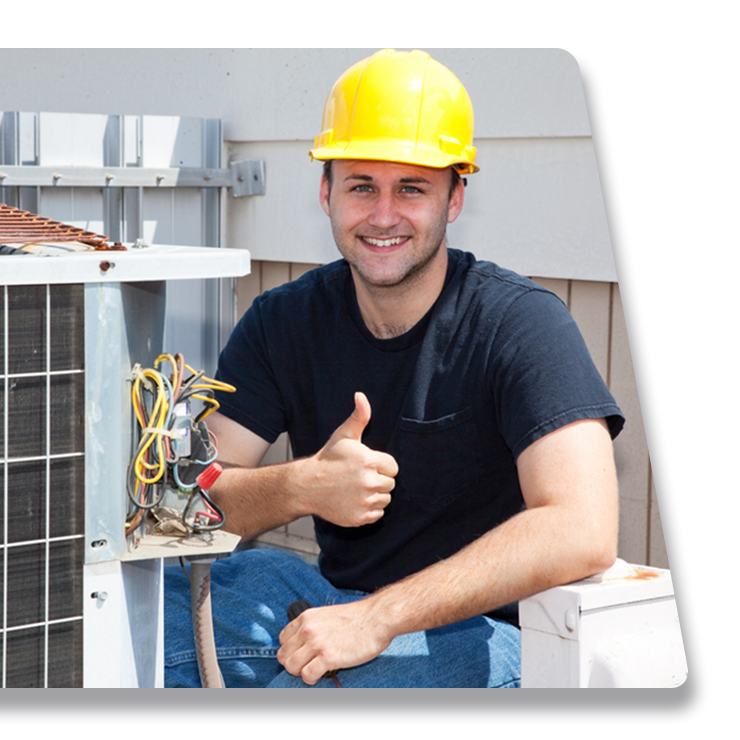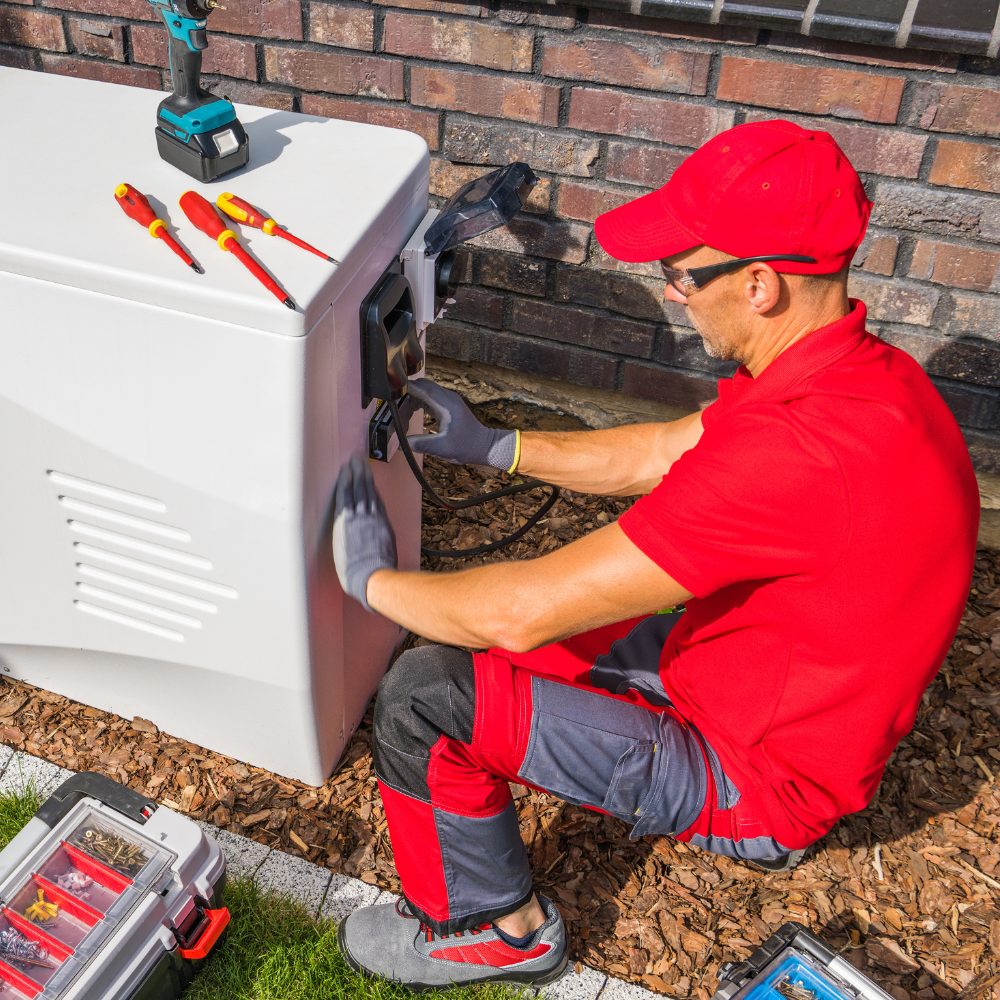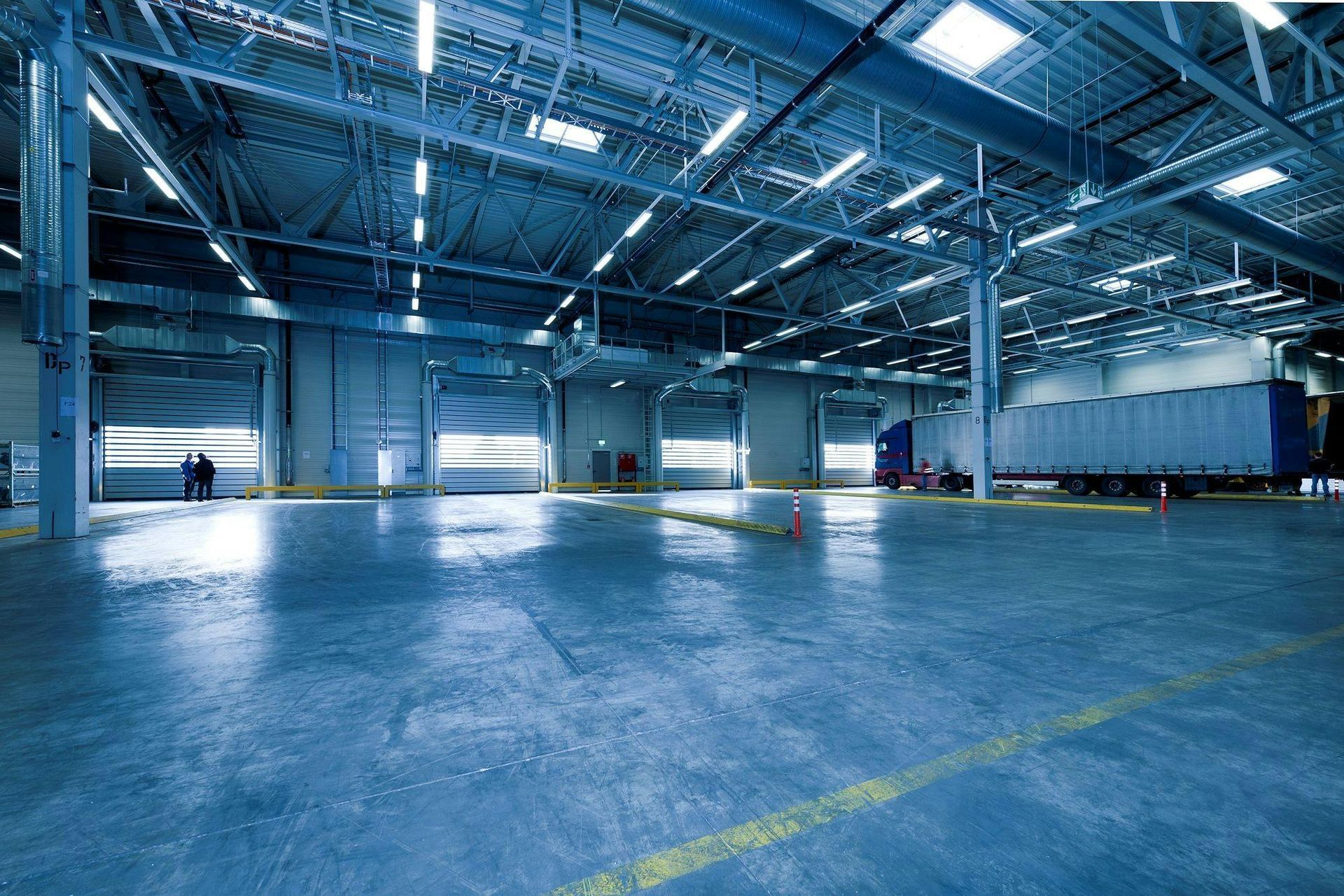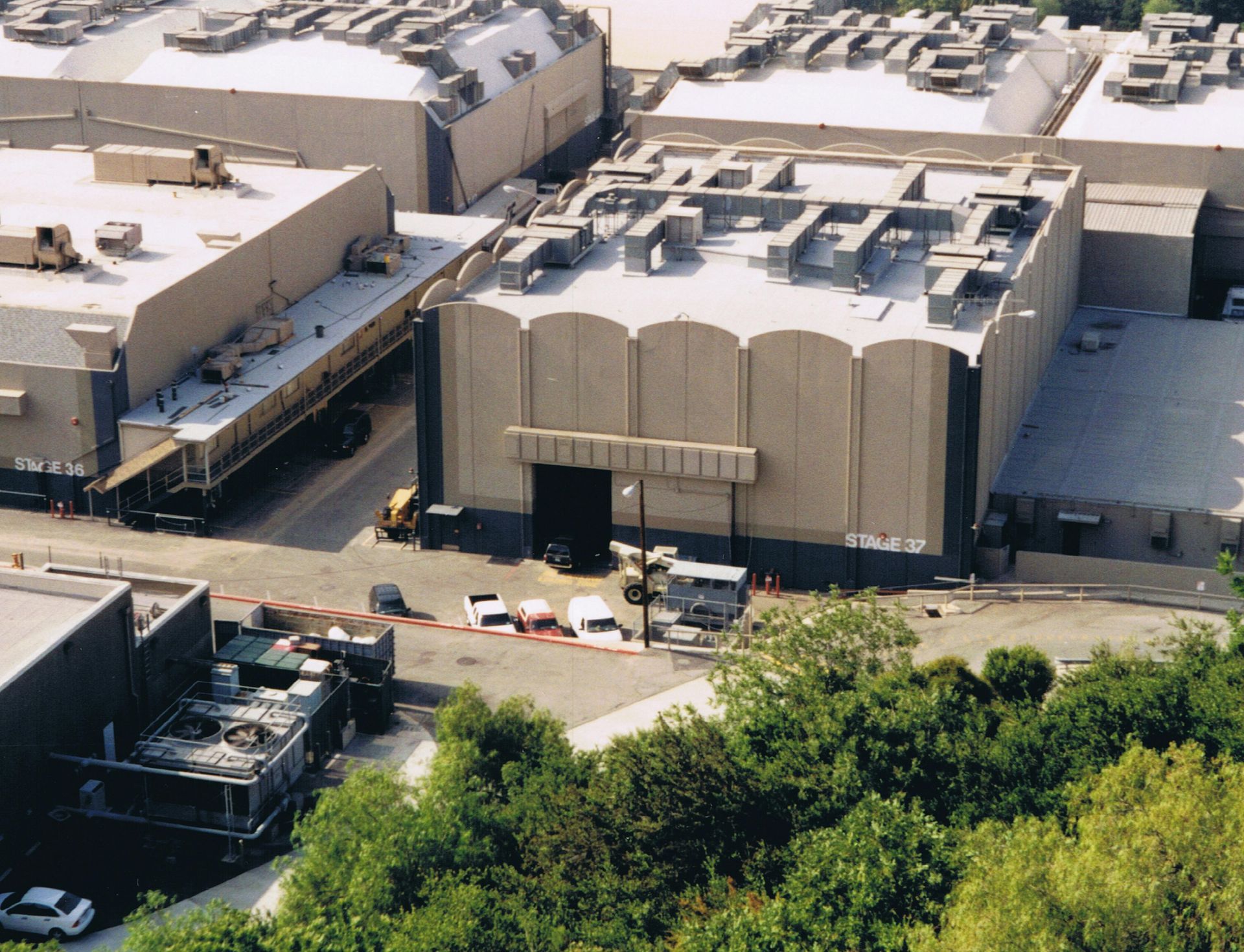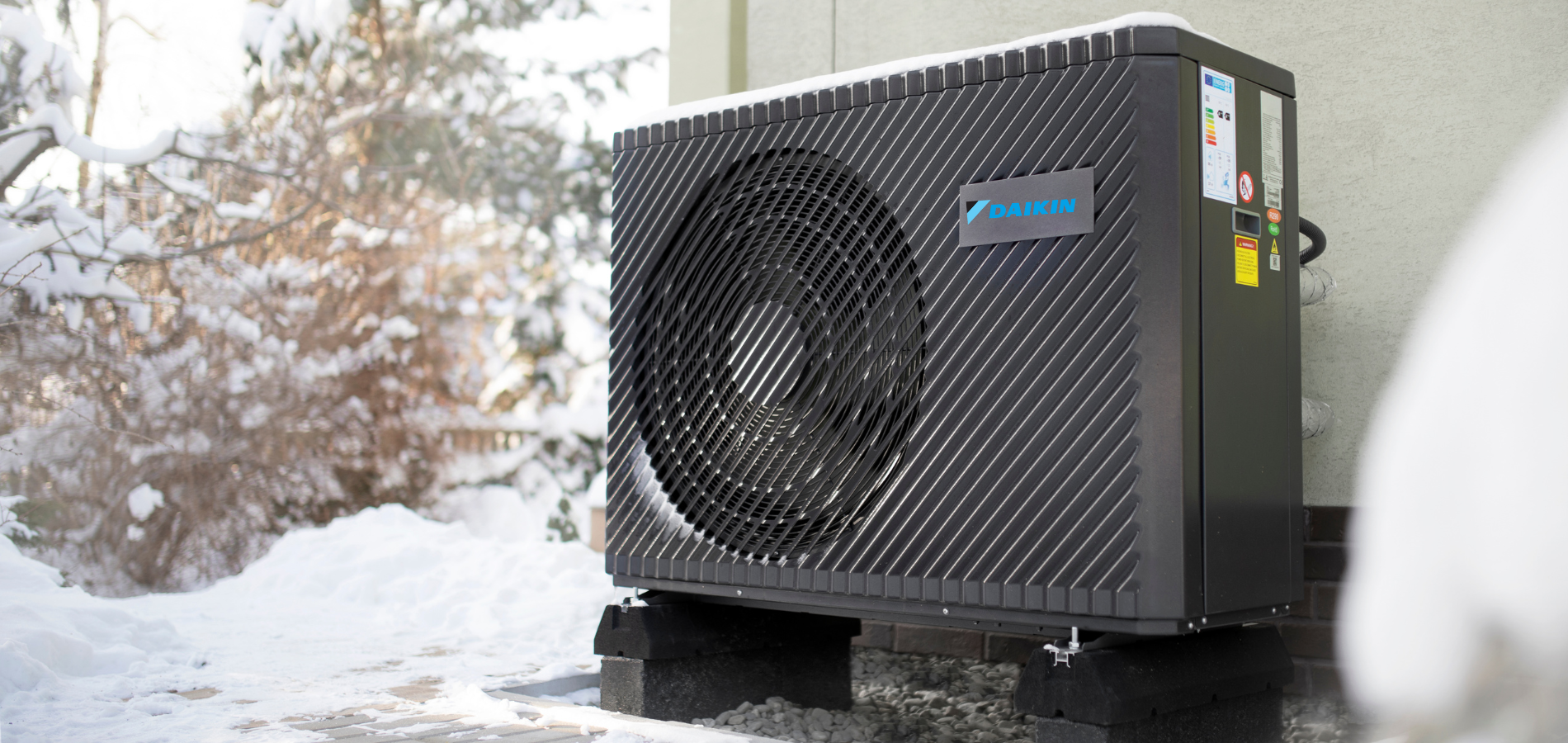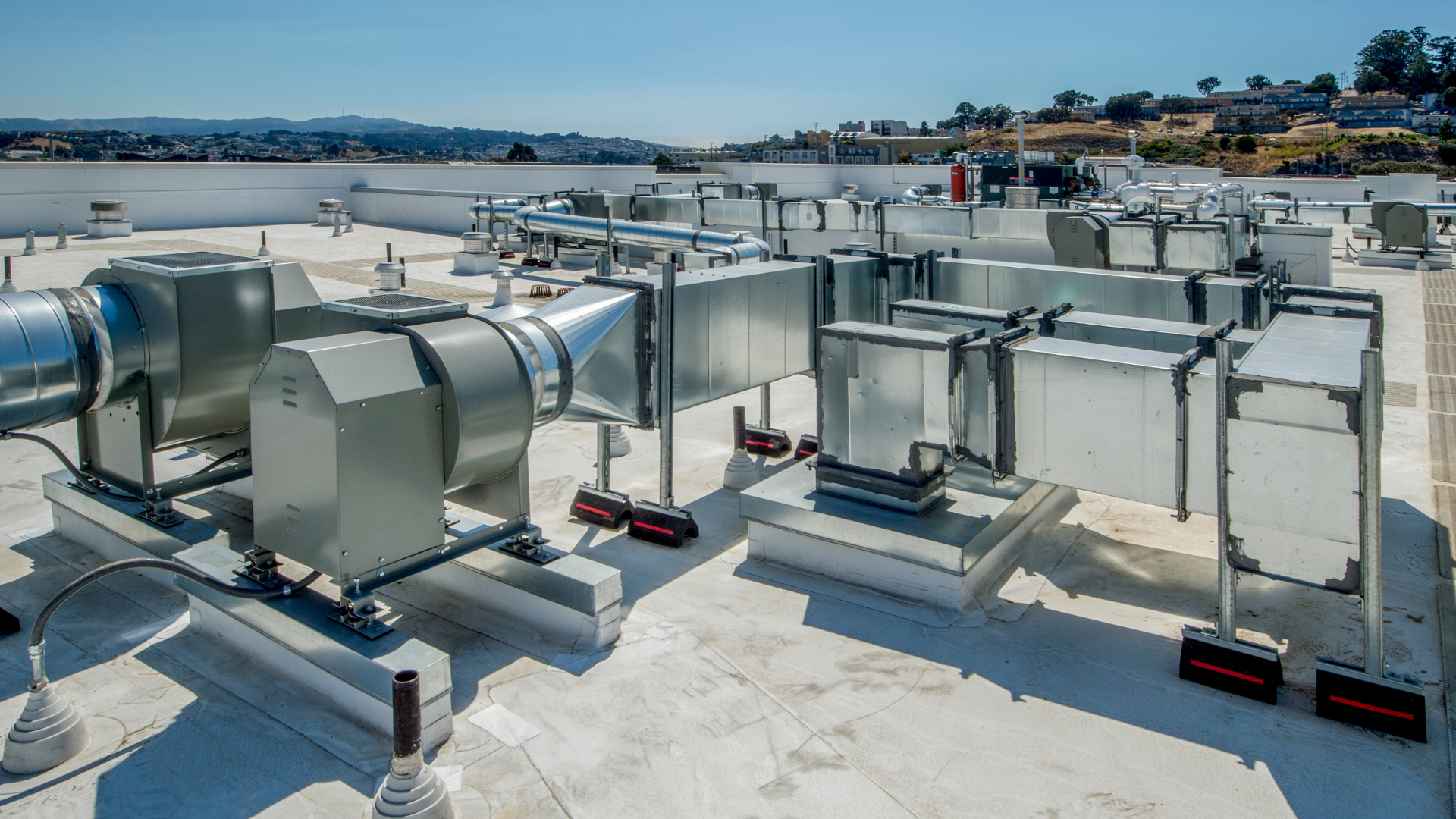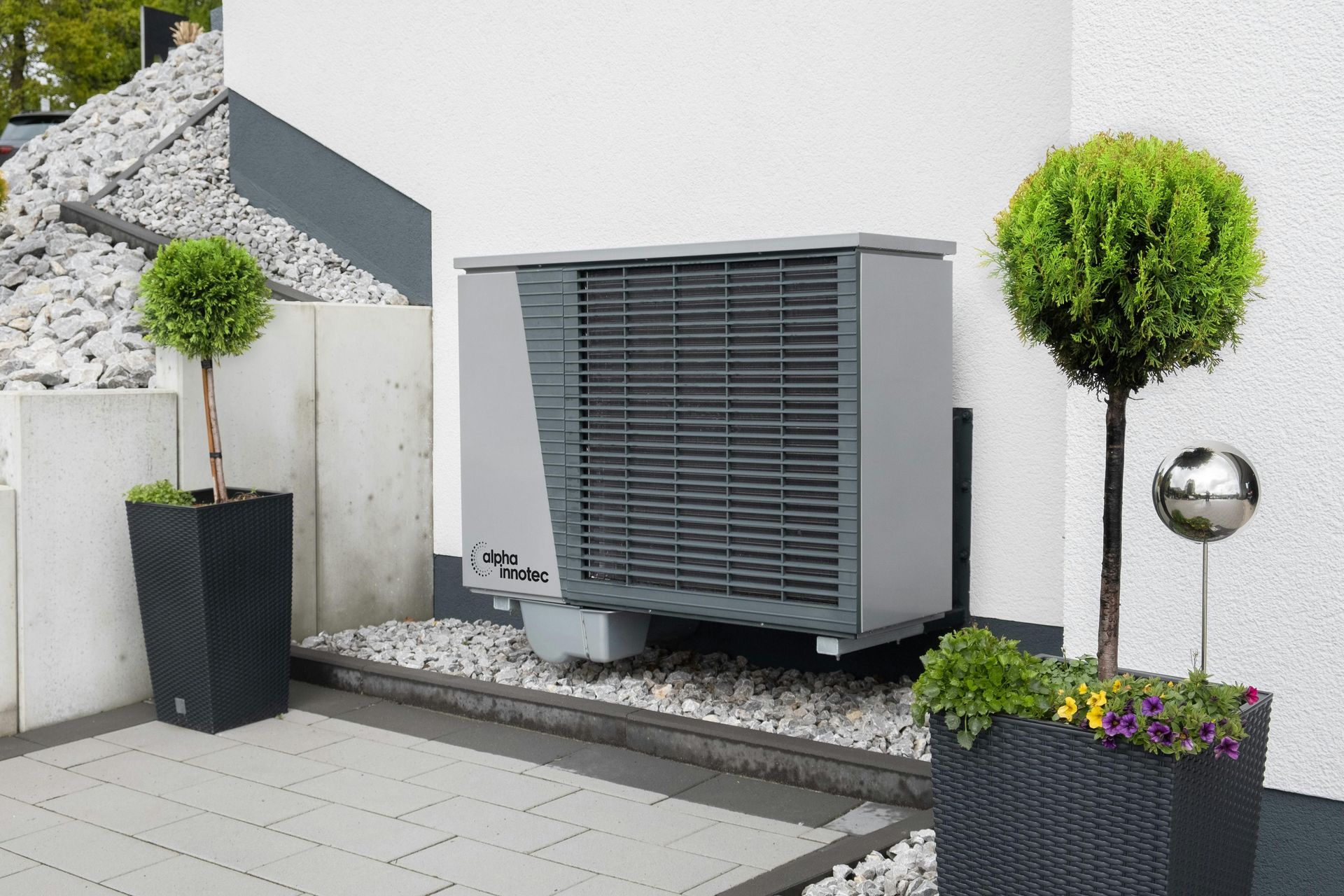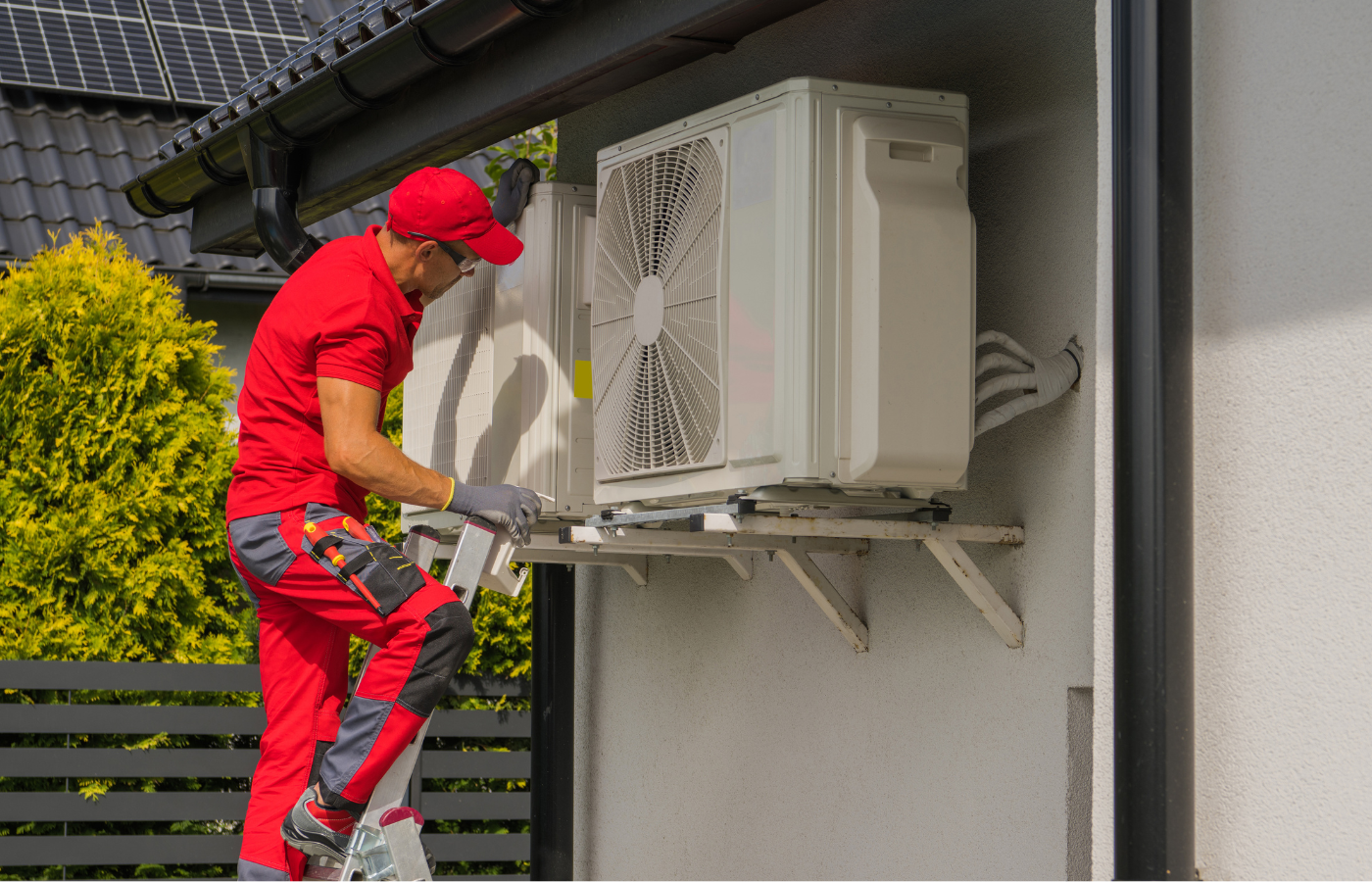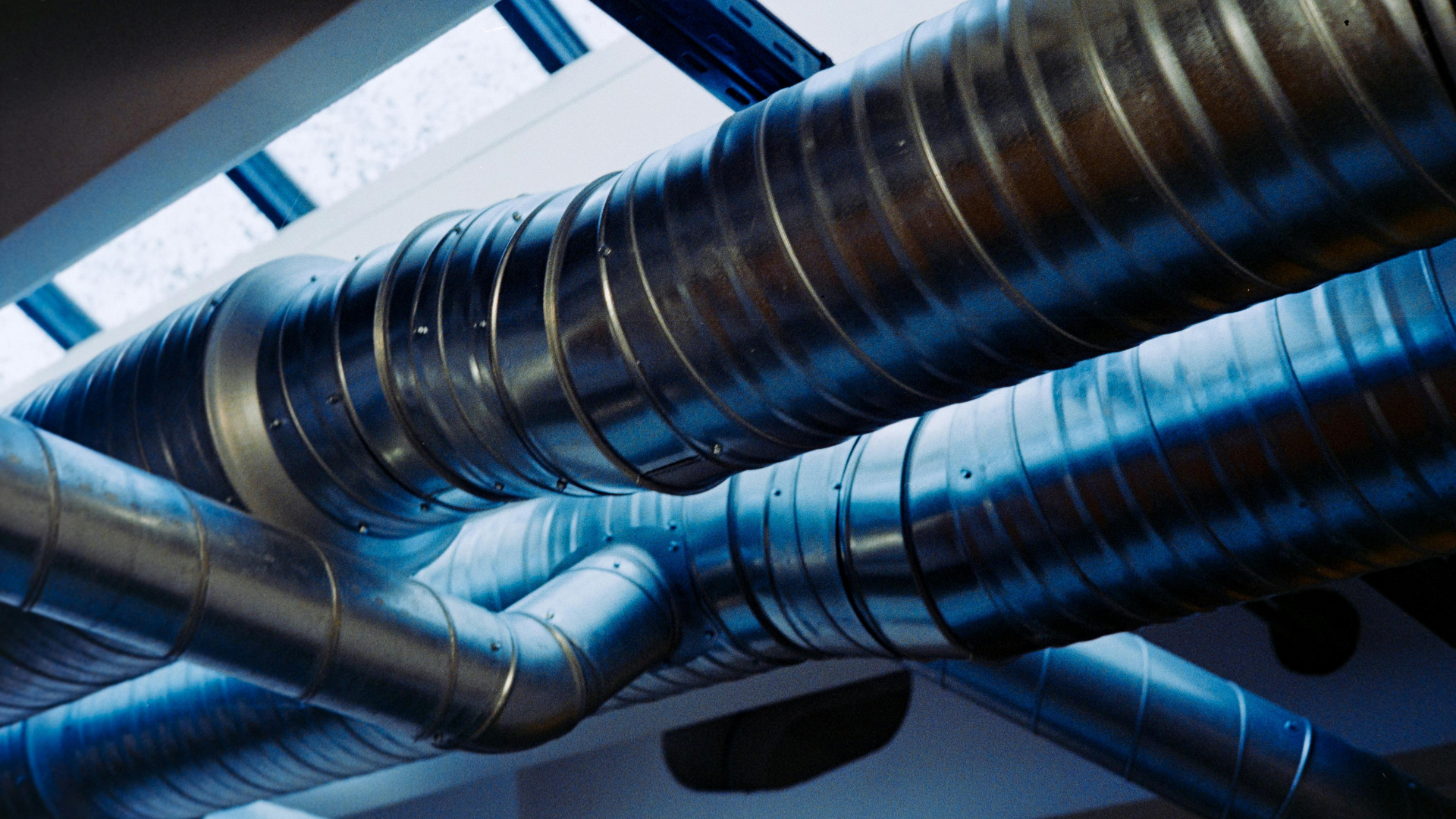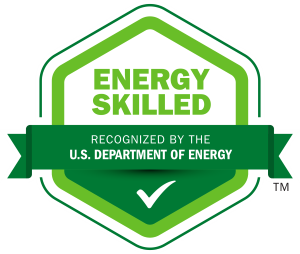BLOG ARTICLE
Top 10 Most Common HVAC Repairs... And What the Data Says About Preventing Them
When your HVAC system goes down, it’s never convenient—and it’s rarely cheap. But what if you could anticipate the most common issues before they strike? In this post, we’ll break down the 10 most common HVAC repairs and support each one with data-driven insights on how to prevent them.
1. Capacitor Failures
- Frequency: Found in 36% of emergency AC repair calls.
- Average Repair Cost: $120–$250
- What It Does: Capacitors help start and run your unit’s motors.
- Why It Fails: Heat, age, and voltage fluctuations.
Prevention Tip: Annual tune-ups often include capacitor testing. Systems in hotter climates should have more frequent inspections due to higher failure rates.
2. Low Refrigerant / Refrigerant Leaks
- Frequency: 25% of cooling-related service calls
- Average Repair Cost: $200–$1,500 (depending on leak severity and refrigerant type)
- Why It Fails: Corroded coils, poor installation, or mechanical wear.
- Impact: A 10% loss in refrigerant can lead to a 20% drop in efficiency
Prevention Tip: Have your refrigerant levels checked annually. Coil inspections during spring maintenance can detect early signs of corrosion or damage.
3. Dirty or Clogged Filters
- Frequency: Contributes to 30% of HVAC breakdowns
- Average Cost: $25–$50 (DIY) or $75–$100 (service call with filter change)
- Why It Matters: Dirty filters restrict airflow, increase motor strain, and reduce air quality.
- Efficiency Impact: Can raise energy use by up to 15% (per DOE)
Prevention Tip: Replace filters every 1–3 months, especially in peak heating/cooling seasons or if you have pets/allergies.
4. Thermostat Malfunctions
- Frequency: Affects 15% of reported HVAC inefficiency cases
- Average Repair Cost: $75–$250
- Issues Include: Calibration drift, dead batteries, and connectivity issues with smart thermostats
Prevention Tip: Test and recalibrate thermostats annually. Keep firmware updated for smart devices. Install away from heat sources and direct sunlight.
5. Blower Motor Failure
- Frequency: Found in 18% of no-heat or no-airflow issues
- Average Repair Cost: $400–$700
- What It Does: Circulates air through the system
- Why It Fails: Dirty components, overheating, or electrical failure
Prevention Tip: Keep filters clean and have your system professionally cleaned annually. Ensure proper lubrication during seasonal maintenance.
6. Evaporator Coil Issues
Frequency: Seen in 14% of AC system breakdowns
Average Repair Cost: $600–$2,000 (repair or replacement)
Common Problems: Freezing, corrosion, mold growth
Signs: Warm air blowing, frequent cycling
Prevention Tip: Preventative maintenance checks help detect early coil problems. Change filters regularly to avoid debris buildup.
7. Dirty Condenser Coils
- Frequency: Impacts 20% of AC service calls during summer months
- Average Repair Cost: $100–$400
- Why It Matters: Reduces system efficiency by 30–40% when dirty
- Signs: Warm air output, higher energy bills
Prevention Tip: Clean your outdoor unit every 6 months. Trim plants back at least 2 feet around the condenser.
8. Drain Line Clogs
- Frequency: 10–15% of AC malfunctions
- Average Repair Cost: $100–$250
- Why It Fails: Algae, mold, and dirt can clog the condensate drain line, causing water backup and potential water damage
Prevention Tip: Flush the drain line with vinegar or bleach every 2–3 months. Schedule professional drain cleaning once a year.
9. Electrical Failures (Fuses, Contactors, Relays)
- Frequency: Found in 10% of system failures
- Average Repair Cost: $150–$300
- Why It Happens: Wear-and-tear or power surges
- Impact: Can prevent system from turning on or off correctly
Prevention Tip: Surge protectors can reduce risk. Seasonal inspections help catch failing components before full breakdown.
10. Ductwork Leaks or Blockages
- Frequency: Involved in 20–30% of comfort complaints
- Efficiency Loss: Up to 30% of conditioned air (per ENERGY STAR)
- Repair Cost: $350–$1,000
- Signs: Uneven temperatures, increased dust, whistling noises
Prevention Tip: Have your ductwork pressure tested and sealed every 5–10 years. Avoid storing heavy items on duct runs in attics or crawl spaces.
Commercial Services
In addition to residential repairs, we specialize in Commercial HVAC and Industrial HVAC Services tailored to large-scale systems. From rooftop units to chillers and complex ventilation networks, our certified technicians deliver reliable maintenance, diagnostics, and repairs that keep your business operations running smoothly and efficiently. Contact us today to learn how we can support your facility with customized service plans and cost-effective solutions. Keep more of your bottomline with Phil's Heating and Air! Call us today at (423) 741-5459 to discuss tailored Commercial HVAC Solutions.
The Bottom Line: Maintenance Is Cheaper Than Repair
Across the board, nearly 70% of HVAC repairs are preventable with regular maintenance. According to a 2024 report by ACHR News, homeowners with annual maintenance plans spend 30–40% less on emergency service calls over a 5-year period. Contact us today to get set up on a recurring maintenance plan, or check our Preventative HVAC Maintenance page for more deatils. Lastly, we encourage you to bookmark this page for the HVAC Maintenance Checklist below.
HVAC Maintenance Checklist for Prevention
✅ Change filters regularly
✅ Sign-up for bi-annual maintenance visits (Spring & Fall)
✅ Clean coils, drain lines, and outdoor units
✅ Test capacitors, thermostat, and electrical connections
✅ Inspect ductwork every few years
Want to avoid surprise breakdowns? Ask us about our Preventative Maintenance Program—a data-backed solution to lower your long-term costs and extend the life of your HVAC system.
SHARE THIS BLOG POST
MORE HVAC TIPS & TRICKS
Related BLOG Articles

